-
Rooted in industrial chic and timeless leathercraft, this stool channels the en...
-
Inspired by the timeless elegance of mid-century modern design, this chair pays...
-
Stripped of all excess, this chair embraces essential form with intentional des...
-
Step into the world of classic design, a remarkable fusion of style and comfort...
-
Find out this versatile icon of design chair that effortlessly blends into any ...
-
Discover this metal chair, a symbol of modern craftsmanship that combines simpl...
-
The chair's design is characterized by its simplicity and functionality. The ar...
-
The Minimalist Black Design Chairs is an iconic piece of furniture that has lef...
-
Bring a touch of rustic industrial charm to any setting with our Industrial Woo...
-
The Backless Black Metal Stools feature a distinctively simple yet elegant stru...
-
The timeless elegance of our Classic Black Metal Design Chairs—where sleek soph...
-
The stool's minimalist design is accentuated by its clean lines and geometric s...
The Art of Choosing and Arranging Dining Chairs: Color, Style, and Space Optimization for the Perfect Dining Room
Durability and Longevity of Dining Chairs
When it comes to furnishing a dining room, durability is a key factor that should not be overlooked. Dining chairs, in particular, are subject to regular use—often multiple times a day—and must withstand frequent movement, pressure, and spills. Therefore, investing in high-quality materials and construction methods is essential for ensuring that these chairs remain functional and visually appealing over time.
One of the most critical aspects influencing the durability of dining chairs is the frame construction. Solid wood frames, such as those made from oak, walnut, or beech, tend to offer greater strength and resilience compared to cheaper alternatives like particle board or low-grade plywood. Metal frames can also provide excellent longevity, especially in modern or industrial designs. These materials resist warping, cracking, and wobbling, which are common issues with less sturdy options.
The choice of upholstery also plays a significant role in the lifespan of dining chairs. Leather and synthetic leather options are well-regarded for their resistance to wear, spills, and fading, making them ideal for households with children or pets. High-quality woven fabrics, when treated with stain-resistant finishes, can also offer both comfort and durability. Velvet, while luxurious, may require more delicate care to maintain its appearance over the years.
Another factor to consider is the cushioning. High-density foam padding retains its shape and support longer than low-density varieties, preventing sagging and discomfort even after extended use. This ensures that the dining chairs not only maintain their aesthetic appeal but also continue to provide the level of comfort they were designed for.
Regular maintenance is essential to prolonging the life of your dining chairs. Simple habits, like promptly cleaning spills and periodically tightening screws or bolts, can go a long way in preserving both the structural integrity and appearance of the chairs. With proper care and attention, well-made dining chairs can last for many years, making them a valuable long-term investment for any home.
Functionality and Multi-Purpose Use of Dining Chairs
Dining chairs, particularly upholstered ones, are often seen as dedicated pieces for the dining area. However, in modern homes where space and versatility are key, these chairs have evolved to serve multiple purposes. A well-designed dining room chair can easily transition into other areas of the home, offering both style and functionality wherever it is placed.
In compact living spaces, dining chairs can double as office or desk chairs. Their ergonomic design and padded comfort make them suitable for light to moderate work sessions. Instead of purchasing an additional chair for a home workspace, homeowners can simply pull a stylish dining room chair from the dining set and use it at a writing desk or workstation. This approach is not only practical but also maintains aesthetic consistency throughout the home.
Upholstered dining chairs can also serve as accent seating in bedrooms or living rooms. Their variety of fabric options, colors, and patterns make them ideal for adding a touch of design flair to underutilized corners or reading nooks. Unlike bulky armchairs, dining chairs are generally lighter and more compact, making them easier to reposition or repurpose as needed.
Another valuable function of dining chairs is during entertaining or family gatherings. When additional seating is required beyond the dining table, these chairs can be brought into the living area or even outdoor covered spaces. Their padded seats ensure guests remain comfortable, while their design elevates the overall atmosphere of the event.
In essence, a well-chosen dining room chair can be more than just a seat for meals. By recognizing and utilizing their multi-purpose potential, homeowners can maximize space, enhance interior flexibility, and maintain a cohesive look throughout their living environment. Dining chairs that offer both comfort and style truly become assets in a multifunctional home.
Color and Style Coordination in Dining Chairs
When selecting dining chairs for your home, color and style play a critical role in defining the overall aesthetic of your dining space. A thoughtfully chosen dining room chair can serve as both a functional piece and a visual anchor that ties the entire room together. The right combination of colors and design elements enhances the dining room’s ambiance, making it more inviting and harmonious.
Choosing the Right Color Palette
Color coordination starts with understanding the palette of your existing dining room. Consider the tones of your walls, flooring, table, and accessories. Neutral-colored dining chairs like beige, gray, or cream offer versatility and a timeless appeal, easily blending into various interior styles. On the other hand, bold hues such as navy, emerald green, or mustard can serve as statement pieces, adding character and depth to the room. Complementary color schemes—where chair colors contrast or accentuate the dominant tones—can dramatically elevate the visual impact of your dining room chair selection.
Matching Styles to Interior Themes
The style of your dining chairs should align with your overall interior decor. For modern or minimalist homes, clean lines and sleek silhouettes work well, while traditional spaces may benefit from tufted or carved-back dining room chairs with rich fabrics. Upholstered chairs with metallic or wooden legs can bridge the gap between contemporary and classic styles, offering both elegance and practicality. Consistency in design helps maintain a cohesive look, but a touch of contrast—like mixing two chair styles at each end of the table—can also add a designer edge.
Texture and Material Considerations
Beyond color and shape, the texture of the upholstery plays a key role in creating visual interest. Velvet or suede-covered dining chairs convey luxury and softness, while linen or leather options may lean toward a more polished or rustic feel. The material should not only match the style but also complement the tactile experience of the dining space. Coordinating textures across elements in the room—such as rugs, curtains, and table linens—ensures that your dining room chairs feel intentionally placed.
Coordinating Color and Style in Dining Chairs
Creating a visually cohesive and inviting dining space starts with choosing the right dining chairs. These pieces are more than just functional items; they can define the tone and character of the entire room. Whether you’re aiming for a contemporary look, a traditional atmosphere, or something more eclectic, the color and style of your dining room chair selection play a significant role in achieving that vision.
Understanding the Room’s Aesthetic
Before selecting your dining chairs, it's important to assess the existing elements in your dining area. The color of the walls, the type of flooring, lighting fixtures, and the style of the dining table all influence what will work best. If your room already has bold features, choosing a more neutral or muted tone for your dining room chairs can help maintain balance. Conversely, if your space is minimal, a vibrant chair color can serve as a stunning focal point.
Color Choices and Their Impact
The color of your dining chairs should complement the overall palette of the room, but it can also be used strategically to enhance or contrast the existing scheme. Light-colored chairs in shades like cream, soft gray, or beige can make a space feel larger and more open, while darker or saturated colors like navy, charcoal, or forest green can add depth and richness. When used wisely, color becomes a tool to guide the mood and personality of your dining space.
Styling for Cohesion or Contrast
The style of your dining room chair should align with or intentionally contrast your table and surrounding decor. For example, mid-century modern dining chairs can bring a retro charm to a clean, modern room, while classic tufted chairs offer timeless elegance that pairs well with traditional wooden tables. Mixing styles can also be effective, such as pairing simple side chairs with more elaborate armchairs at the table ends, creating a designer-curated look.
The Role of Texture and Material
Material selection adds another layer to the aesthetic of your dining chairs. Upholstered chairs in velvet or soft linen add warmth and a plush feel, perfect for creating a cozy atmosphere. Leather or faux leather, on the other hand, brings a sleek, easy-to-clean surface that fits well in contemporary or industrial spaces. The texture of the dining room chair should not only feel good to the touch but also integrate smoothly with other elements like curtains, rugs, and tabletops.
Buying Guide for Dining Chairs
Choosing the right dining room chair involves more than just picking out a style you like. A well-thought-out purchase balances comfort, aesthetics, durability, and size. The right dining room chair not only enhances the look of your dining space but also contributes to the functionality and comfort of mealtimes. With a wide range of options available, it’s essential to consider a few key factors before making a decision.
Comfort and Ergonomics
Comfort should be at the top of your list when shopping for dining chairs. Look for chairs that offer proper back support and have cushioned seats, especially if you tend to enjoy long meals or host gatherings frequently. Upholstered dining room chairs with padded backrests often provide a more enjoyable seating experience than harder, minimalist designs. Trying out the chair in person, if possible, can give you a better sense of its ergonomic fit.
Size and Proportions
The size of your dining chairs should correspond to the dimensions of your table and the overall space in your dining room. Standard dining room chairs should leave enough room for guests to sit comfortably without their knees hitting the table or bumping into adjacent chairs. Leave approximately 24 inches of space per chair around the table to allow for movement and elbow room. Also, ensure that the seat height pairs well with your table height—most dining tables are around 30 inches tall, so chairs with a seat height of 18–20 inches work best.
Material and Durability
Materials play a key role in both aesthetics and durability. Wood, metal, and upholstered dining chairs each offer unique benefits. Wooden chairs often bring warmth and classic appeal, while metal chairs lend a sleek, industrial look and can be more resistant to wear. Upholstered dining room chairs add comfort and elegance, though they require more care and may not be ideal for homes with young children or heavy usage unless the fabric is stain-resistant or easily cleaned.
Style and Design Compatibility
The design of your dining chairs should complement your dining table and the overall theme of the room. Matching chair and table sets provide a cohesive look, while mixing styles—like pairing a modern table with vintage-style dining room chairs—can add personality and interest. Pay attention to the color, leg style, and back design, as these details can dramatically affect how the chairs interact with the room’s décor.
Budget Considerations
Price is another crucial factor. Dining chairs range widely in cost depending on materials, design, and brand. It’s important to set a realistic budget while keeping in mind that quality chairs are an investment in comfort and longevity. Sometimes, spending a bit more for higher durability and better materials pays off in the long run, especially if the dining room chairs see daily use.
Sustainability in Dining Chairs
In today’s environmentally conscious world, the demand for sustainable dining chairs is growing rapidly. Choosing eco-friendly dining room chairs is not only beneficial for the planet but also reflects a commitment to responsible living. Sustainable furniture often involves using materials and manufacturing processes that minimize environmental impact, ensuring that your dining space is both stylish and ethically sound.
Eco-Friendly Materials
One of the most important aspects of sustainable dining chairs is the choice of materials. Natural, renewable resources like bamboo, reclaimed wood, or FSC-certified hardwoods are popular options for the frames of dining room chairs. These materials are harvested in ways that protect ecosystems and promote forest regeneration. For upholstery, organic fabrics such as cotton, linen, or hemp dyed with natural pigments reduce the use of harmful chemicals. Additionally, some manufacturers use recycled textiles or innovative materials like cork or mushroom leather to further lower the environmental footprint.
Low-Impact Manufacturing
Sustainability also involves the production process. Many eco-conscious brands focus on reducing waste, using non-toxic glues and finishes, and lowering energy consumption during manufacturing. Handmade or locally crafted dining chairs tend to have a smaller carbon footprint compared to mass-produced alternatives that rely heavily on transportation and industrial processes. By supporting companies that prioritize ethical labor practices and sustainable manufacturing, consumers contribute to a more equitable and environmentally friendly furniture industry.
Durability and Longevity
A key component of sustainability in dining room chairs is durability. High-quality construction and materials mean the furniture lasts longer, reducing the need for frequent replacement and minimizing waste. Investing in well-made dining chairs designed for longevity ensures that you’re not only enhancing your dining area but also reducing the environmental impact associated with disposable or poorly constructed furniture.
Space Planning and Layout Optimization for Dining Chairs
Selecting the right dining chairs goes hand in hand with effective space planning and layout design in your dining area. Whether you have a compact apartment or a spacious dining room, optimizing the arrangement of your dining room chair set is essential to ensure comfort, accessibility, and aesthetic balance. Poorly planned layouts can make even the most beautiful chairs feel cramped or out of place, while thoughtful placement maximizes both function and style.
Consider the Size of Your Dining Space
The dimensions of your dining area significantly influence the type and number of dining room chair you can comfortably accommodate. In smaller spaces, it’s important to choose chairs with a slim profile or armless design to avoid overcrowding. Round or extendable tables paired with compact dining room chairs can create a sense of openness. In contrast, larger dining rooms allow for more generous spacing between chairs and the option to use bulkier, upholstered designs that invite long, comfortable meals.
Allow for Adequate Clearance
When arranging dining chairs, maintaining sufficient clearance around the table is crucial for ease of movement. A good rule of thumb is to allow at least 24 inches of space between the edge of the table and nearby walls or furniture, ensuring diners can pull out their dining room chair without obstruction. For chairs themselves, spacing them about 20-24 inches apart helps provide enough elbow room and prevents overcrowding, fostering a relaxed and enjoyable dining experience.
Create Balance and Visual Flow
The visual flow of your dining room depends on the harmonious placement of dining chairs around the table. Symmetry often works well for formal settings, with an equal number of chairs on each side and matching end chairs. However, mixing chair styles or creating asymmetrical arrangements can add a dynamic, modern touch if done thoughtfully. In either case, maintaining proportionality between the table and the dining room chair height and size ensures comfort and visual coherence.
Multi-Functional Layouts for Versatility
In today’s homes, dining areas often serve multiple purposes. Arranging dining chairs to accommodate flexible use—such as homework, casual work, or social gatherings—can enhance a room’s utility. Consider lightweight or stackable dining room chairs that can be easily moved or stored when extra space is needed. Incorporating benches or corner seating options can also optimize space while maintaining enough seating for guests.
Enhancing User Experience with Dining Chairs
The choice of dining chairs significantly influences the overall user experience in a dining room. Beyond mere functionality, a well-designed dining room chair contributes to comfort, social interaction, and the atmosphere of the space. Comfortable seating encourages guests and family members to linger longer at the table, fostering deeper connections and enjoyable conversations during meals.
Comfort as a Priority
Comfort is a key aspect when considering dining chairs, especially for homes where meals are long and often social events. Ergonomically designed dining room chairs with padded seats and supportive backrests reduce discomfort and promote good posture. This allows everyone to remain seated comfortably without feeling the need to shift constantly or leave the table early. A comfortable chair creates a welcoming environment where meals become a relaxed and pleasant experience.
Fostering Social Interaction
The arrangement and style of dining chairs can also enhance social interaction. Chairs that encourage an open seating arrangement or allow for easy movement enable guests to engage with one another effortlessly. For instance, lightweight or swivel dining room chairs make it easier to turn and face others, which can help conversations flow naturally. Additionally, coordinating chair height and design with the table ensures that everyone sits at an optimal level for eye contact and accessibility.
Creating an Inviting Atmosphere
Aesthetics play an important role in setting the tone for social gatherings. Attractive dining chairs that match the room’s decor add warmth and style, making the dining space more inviting. When guests feel comfortable and visually welcomed, it positively affects their mood and willingness to participate in group activities. The combination of comfort and style in a dining room chair makes the space not just functional, but a place people want to return to again and again.
Material Selection for Dining Chairs
Choosing the right material for your dining chairs is essential to ensure both comfort and durability. Upholstery materials vary widely, with common options including leather, fabric, and velvet. Each material offers distinct benefits and challenges. Leather, for instance, is prized for its luxurious look and durability, making it a popular choice for high-traffic dining areas. It is easy to clean and resistant to spills, which is a significant advantage for a dining room chair. Fabric upholstery, on the other hand, provides a softer feel and comes in a vast range of colors and patterns, allowing for greater customization. However, it may require more maintenance to keep it looking fresh over time.
Maintenance and Cleaning Considerations
The ease of maintaining your dining chairs heavily depends on the upholstery material. Leather dining room chairs are relatively simple to clean with a damp cloth and occasional conditioning to prevent cracking. Fabric chairs might need regular vacuuming to remove dust and debris, and stains often require prompt spot cleaning or professional treatment. Velvet upholstery, while elegant, can be more delicate and prone to wear, requiring specialized care to preserve its plush texture. Selecting a material that fits your lifestyle and maintenance preferences is crucial to keep your dining chairs looking their best.
Durability and Longevity
Durability is another critical factor when selecting upholstery for your dining chairs. Materials like leather and tightly woven fabrics tend to resist wear and tear better, making them ideal for households with children or frequent entertaining. The construction quality of the chair, including the frame and padding, also impacts longevity but the upholstery choice directly affects how the chair ages visually and functionally. A well-chosen fabric or leather can withstand years of use without losing comfort or appeal, ensuring your dining room chair remains a practical and attractive part of your home.
In essence, understanding the properties and care requirements of different upholstery materials helps you make an informed decision about your dining chairs. This ensures that your dining area not only looks inviting but also stays comfortable and durable for everyday use.

 English
English Français
Français Español
Español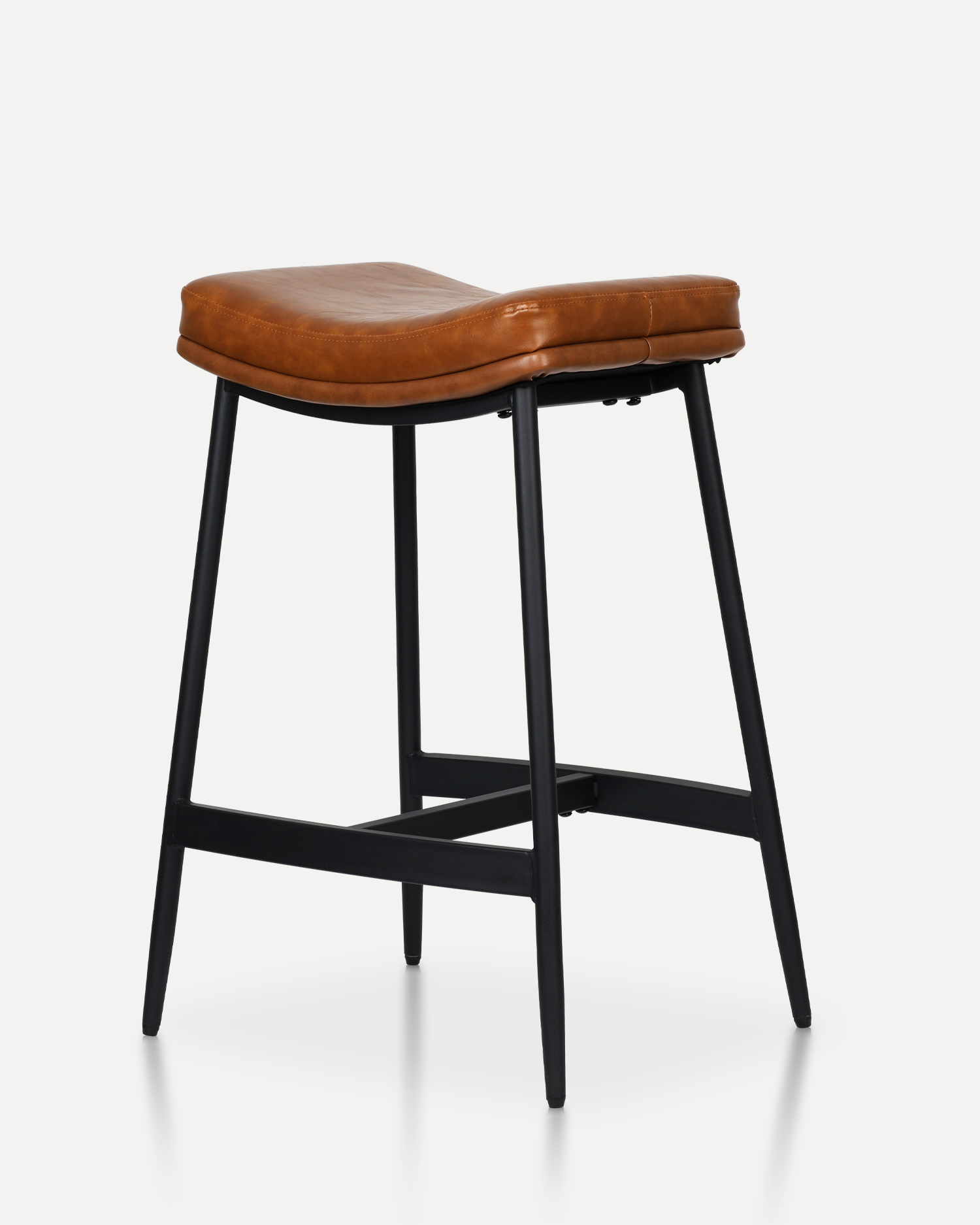
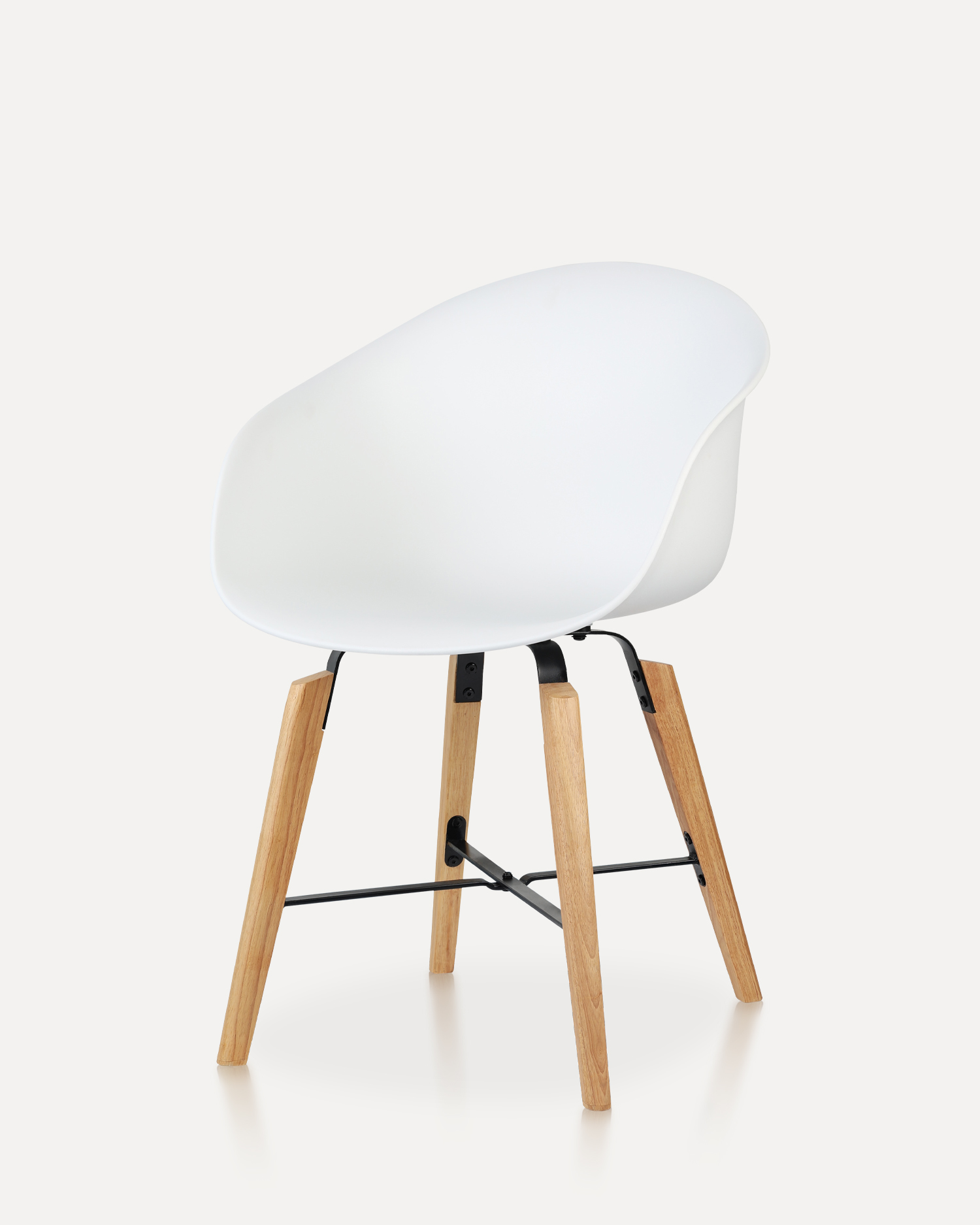
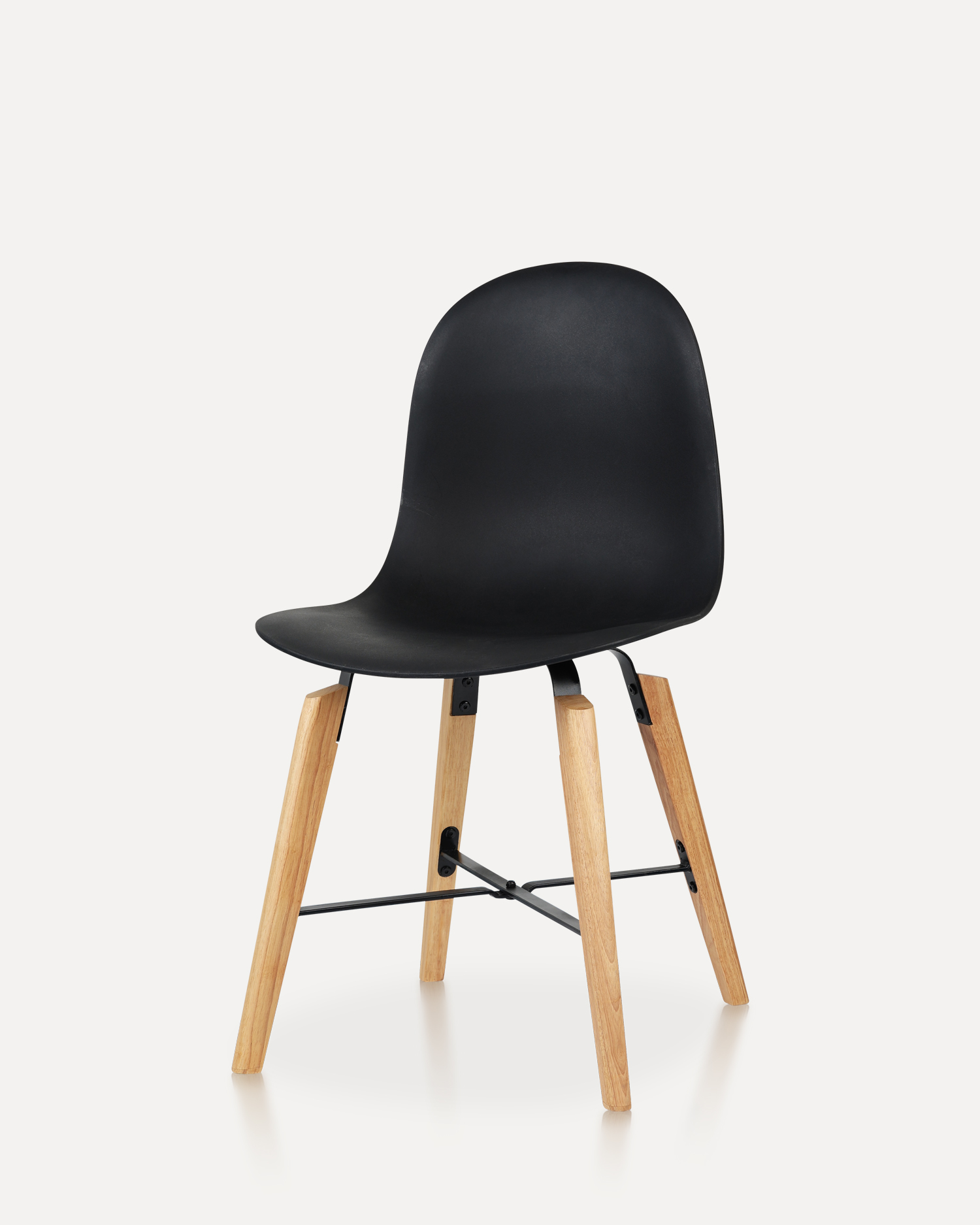
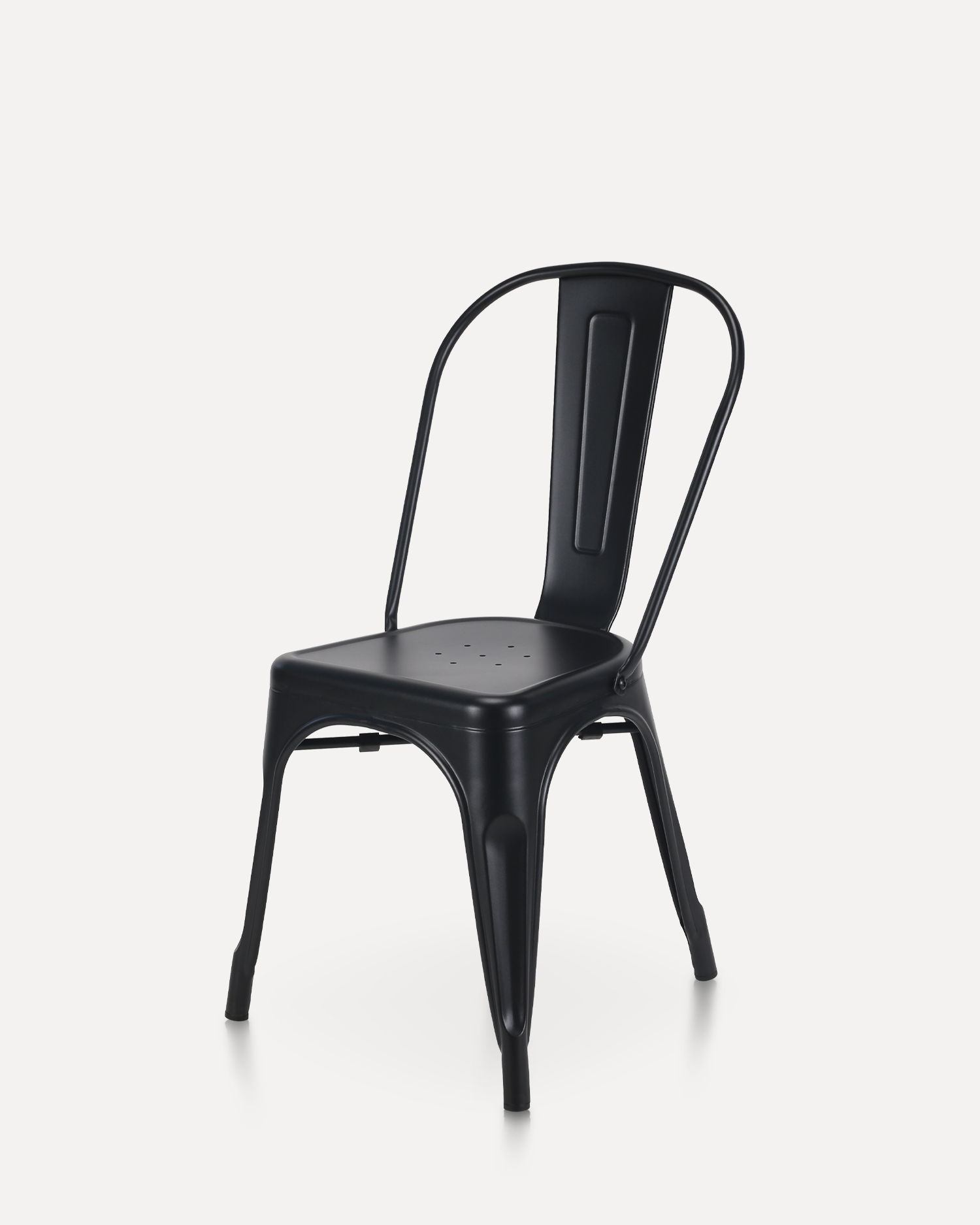
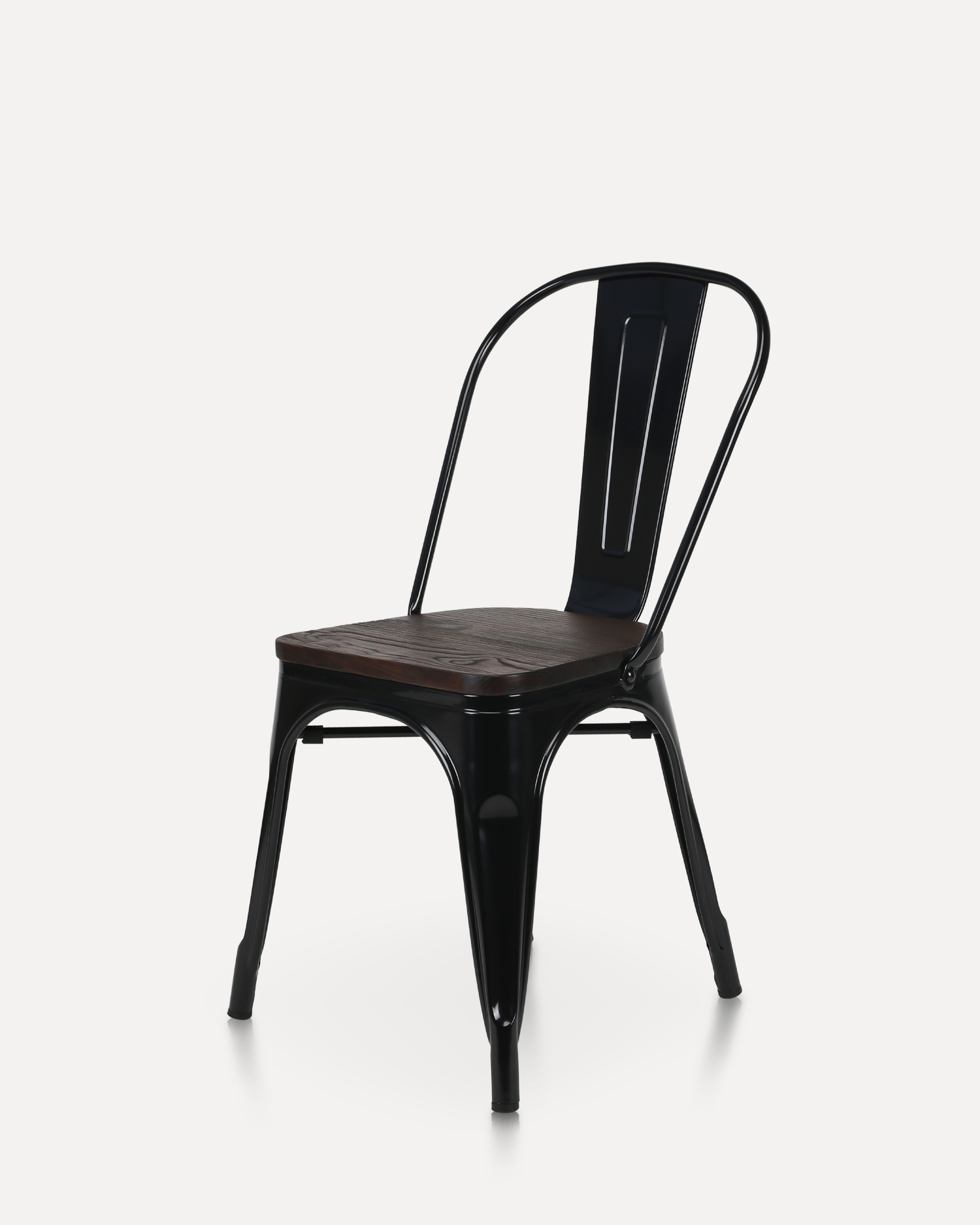
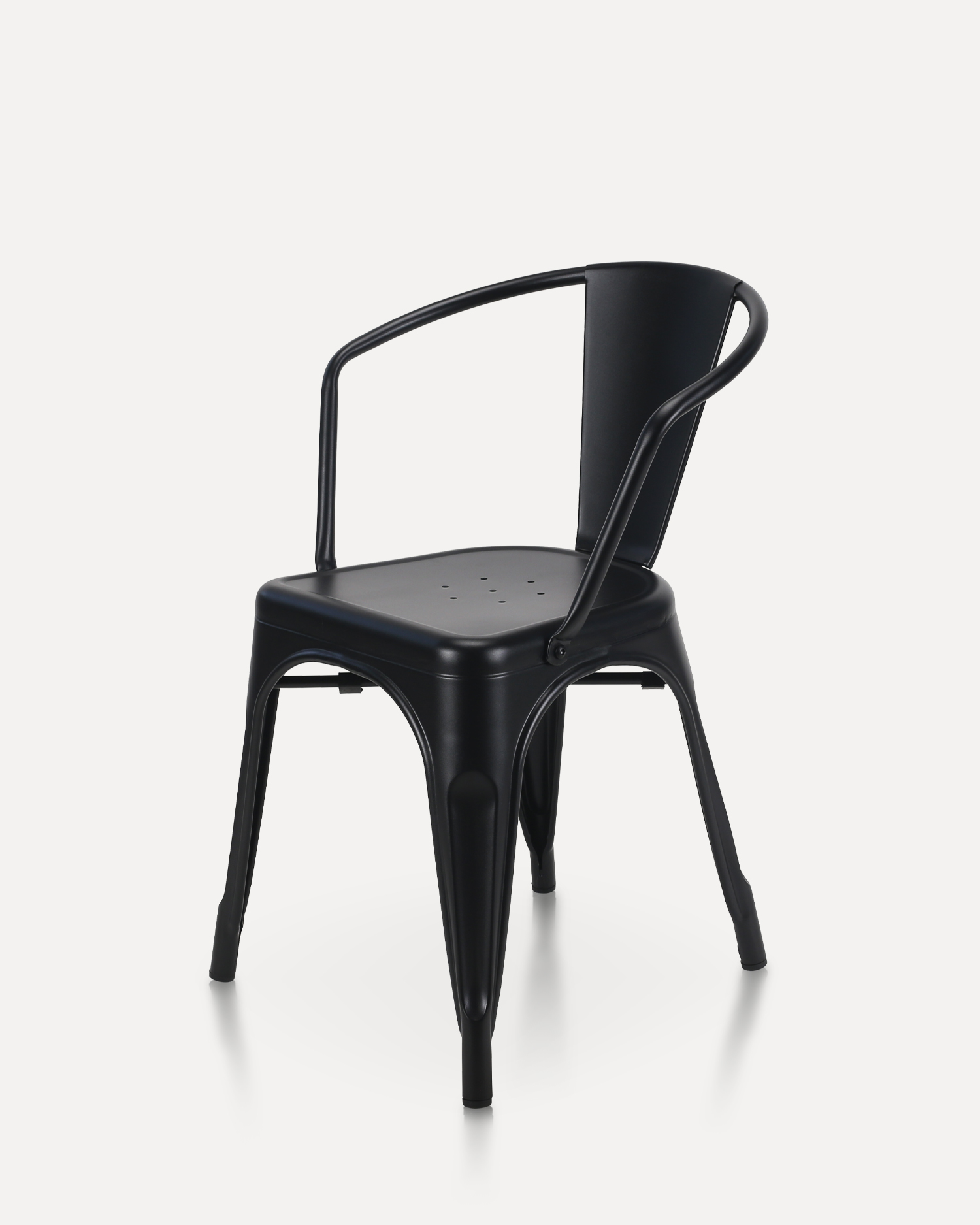
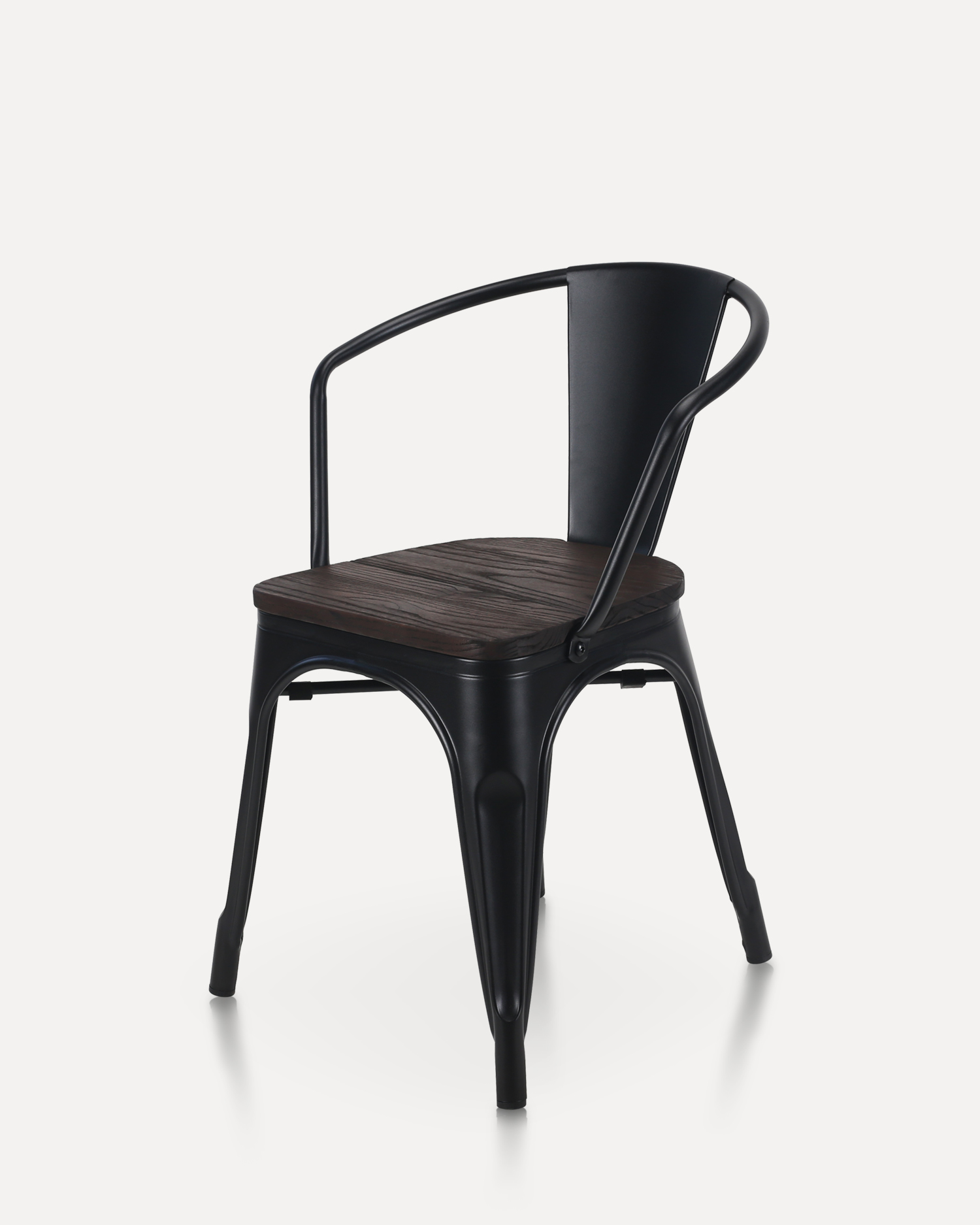
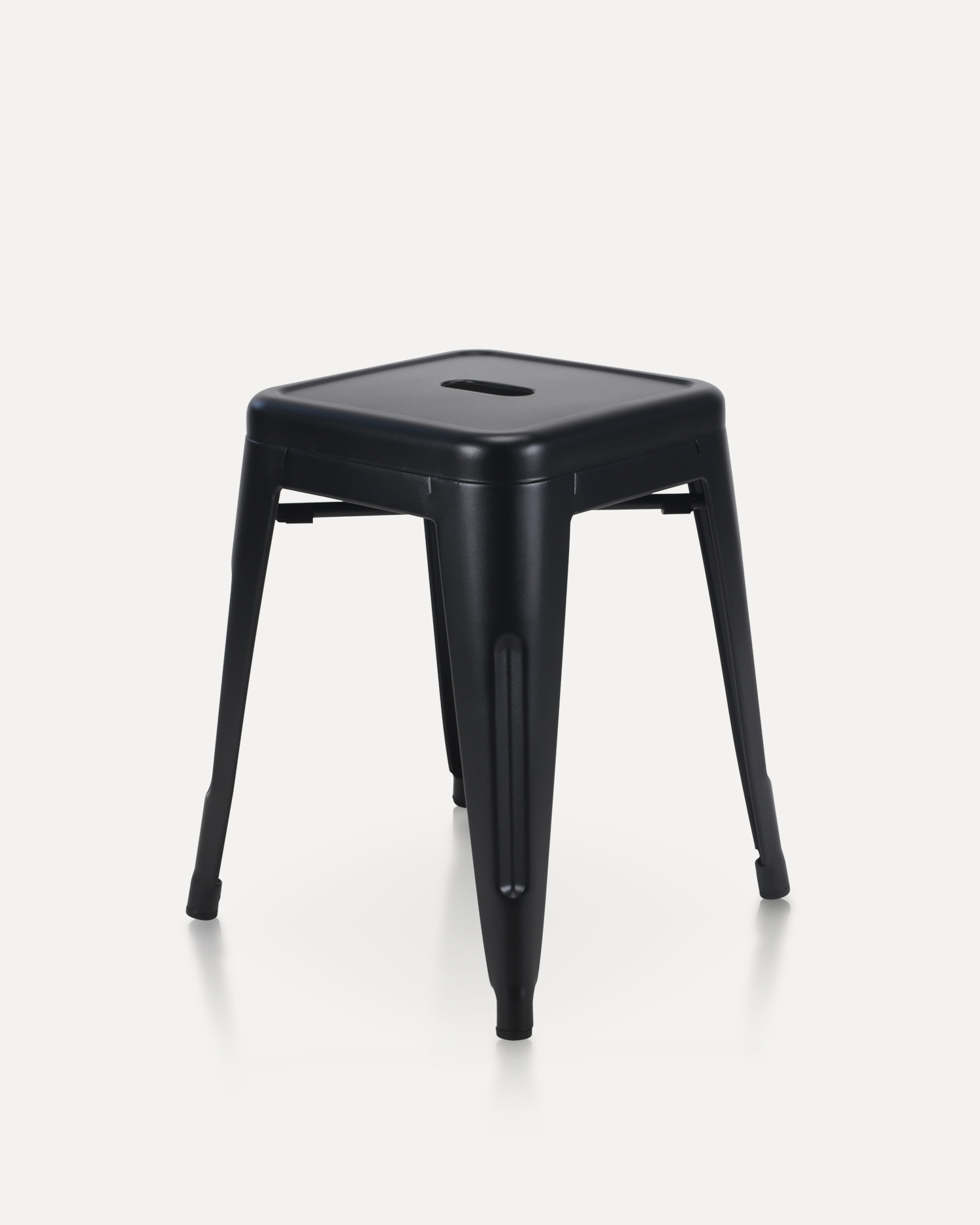
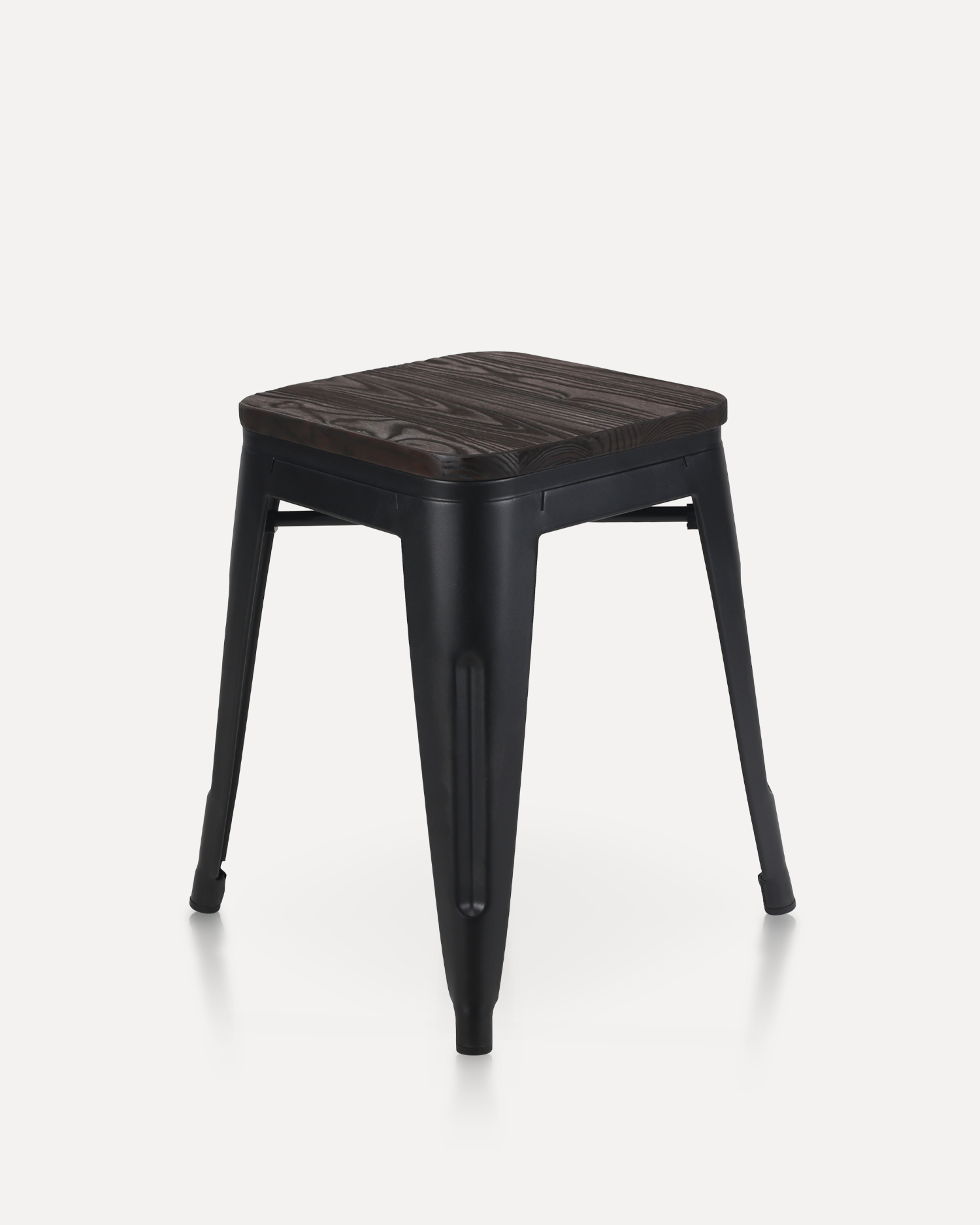
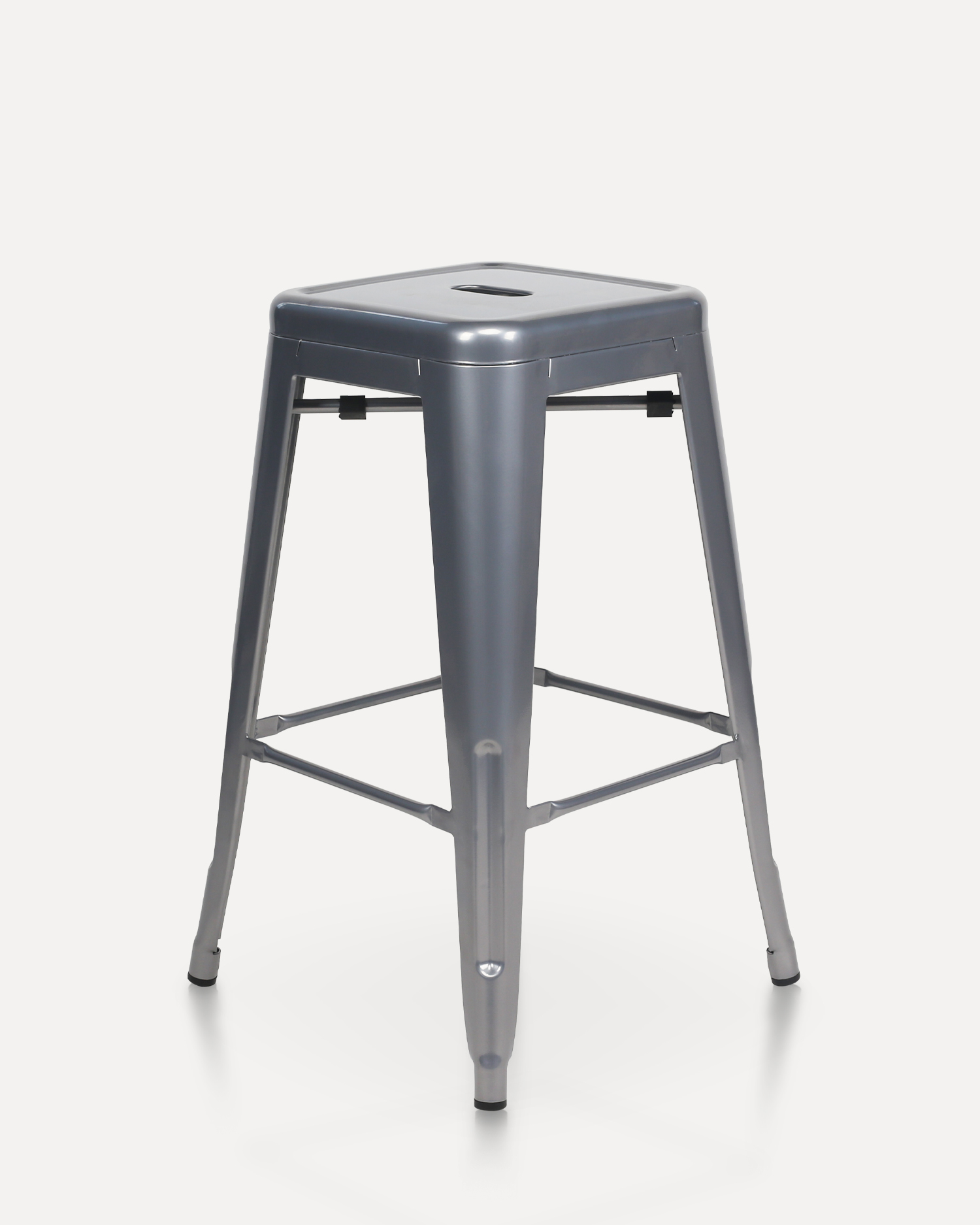
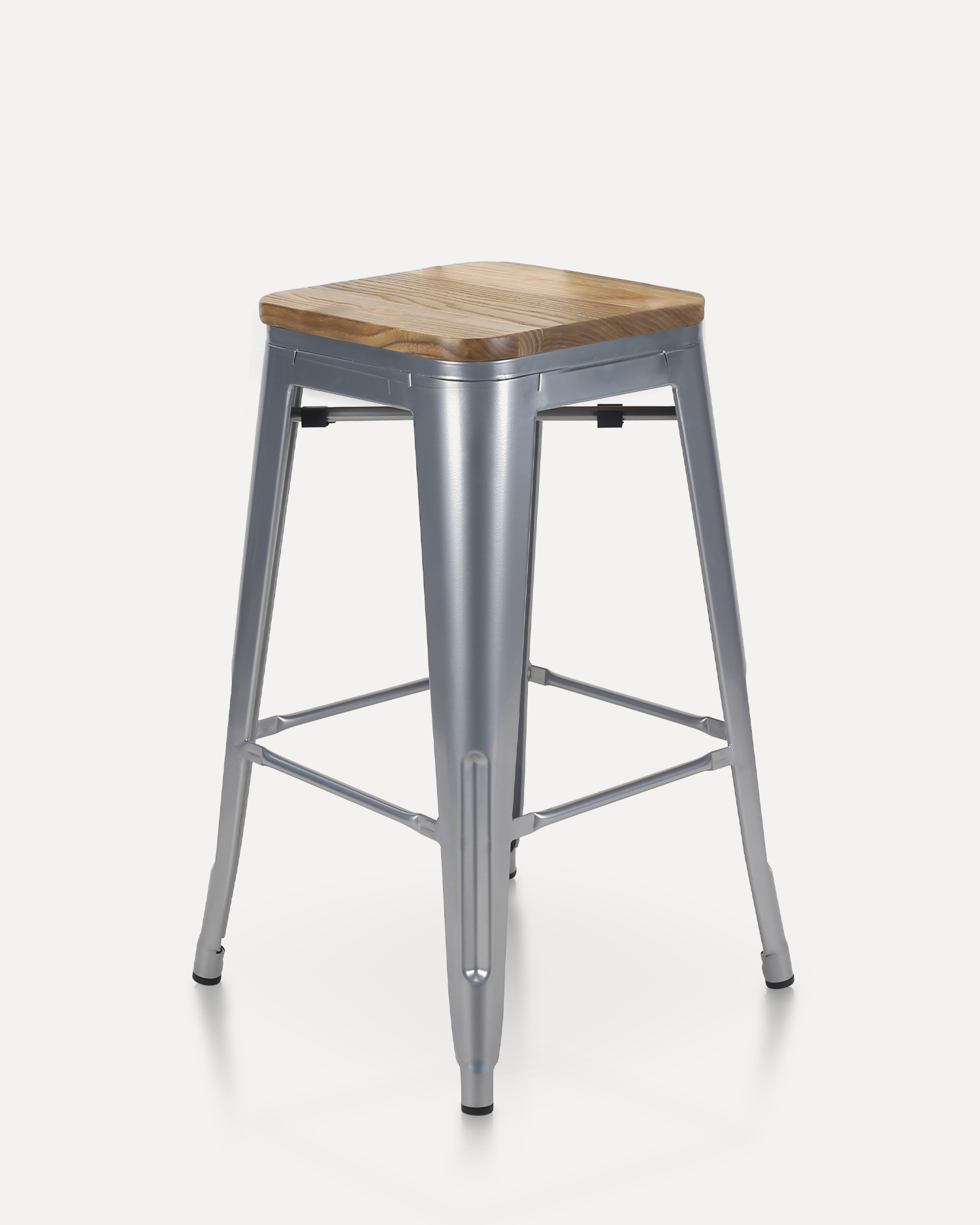
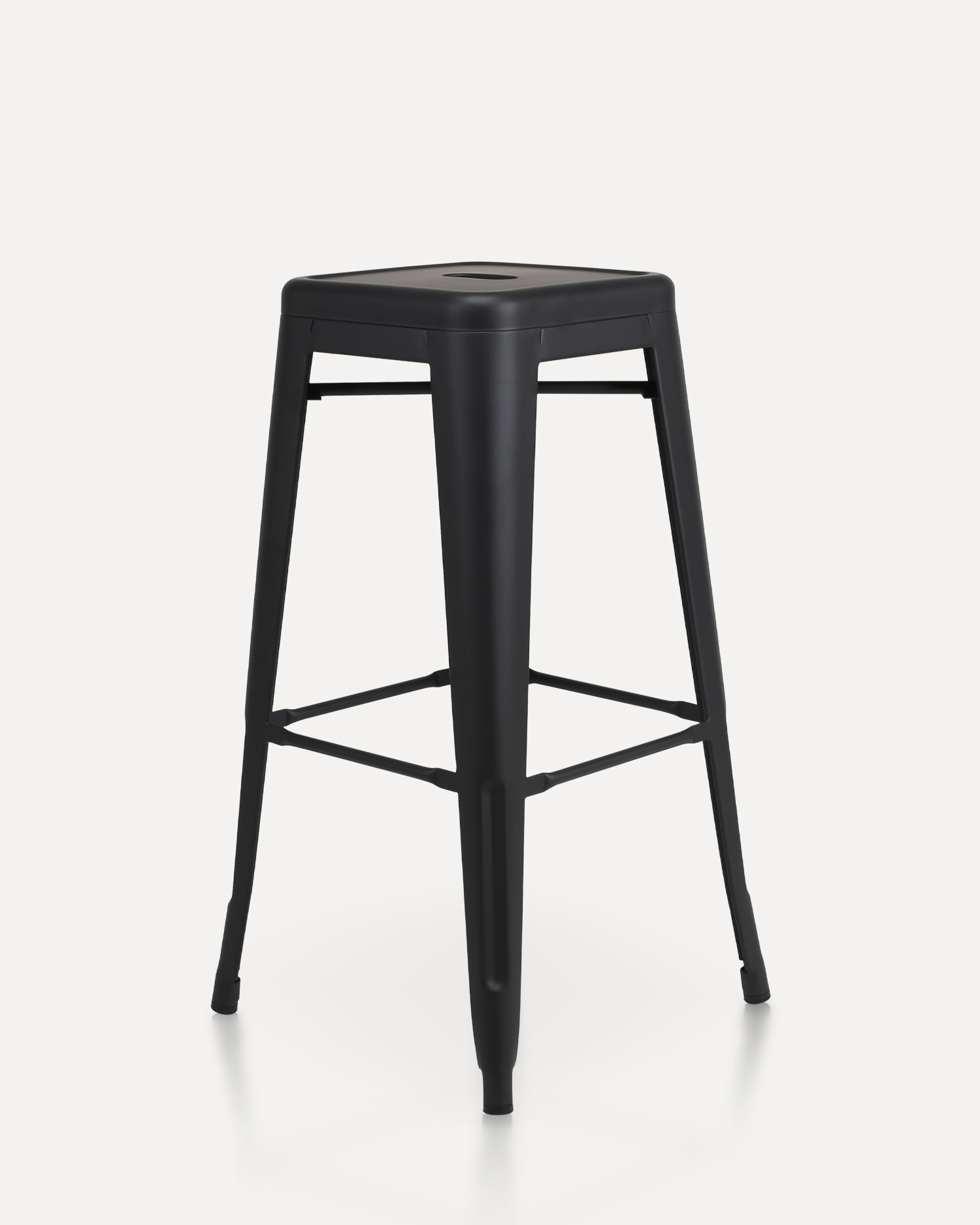





 Instagram
Instagram
 Facebook
Facebook
 Linkedin
Linkedin